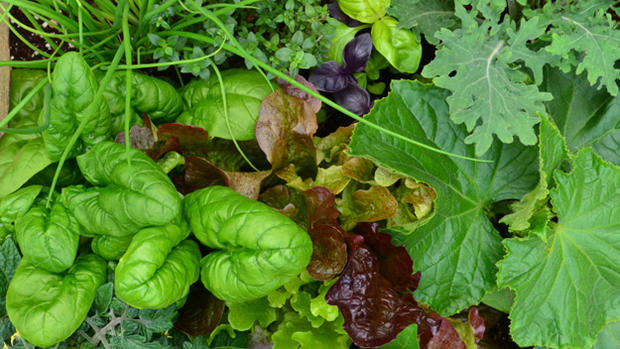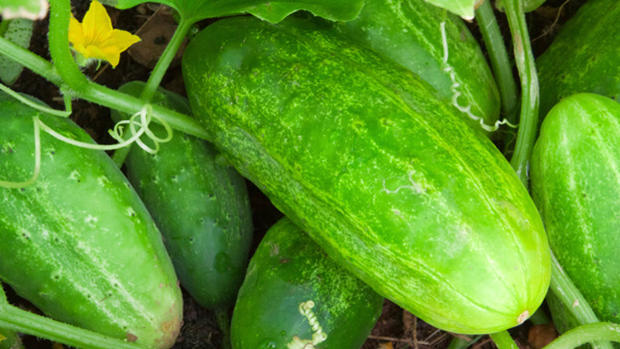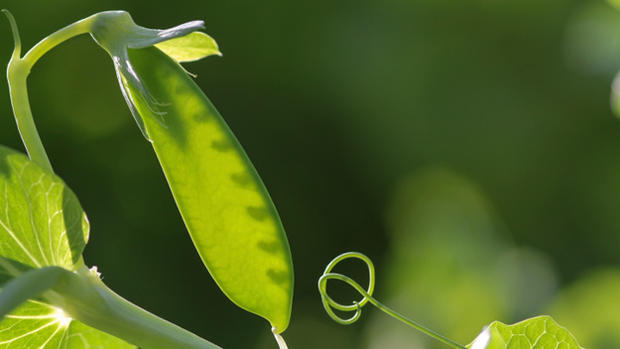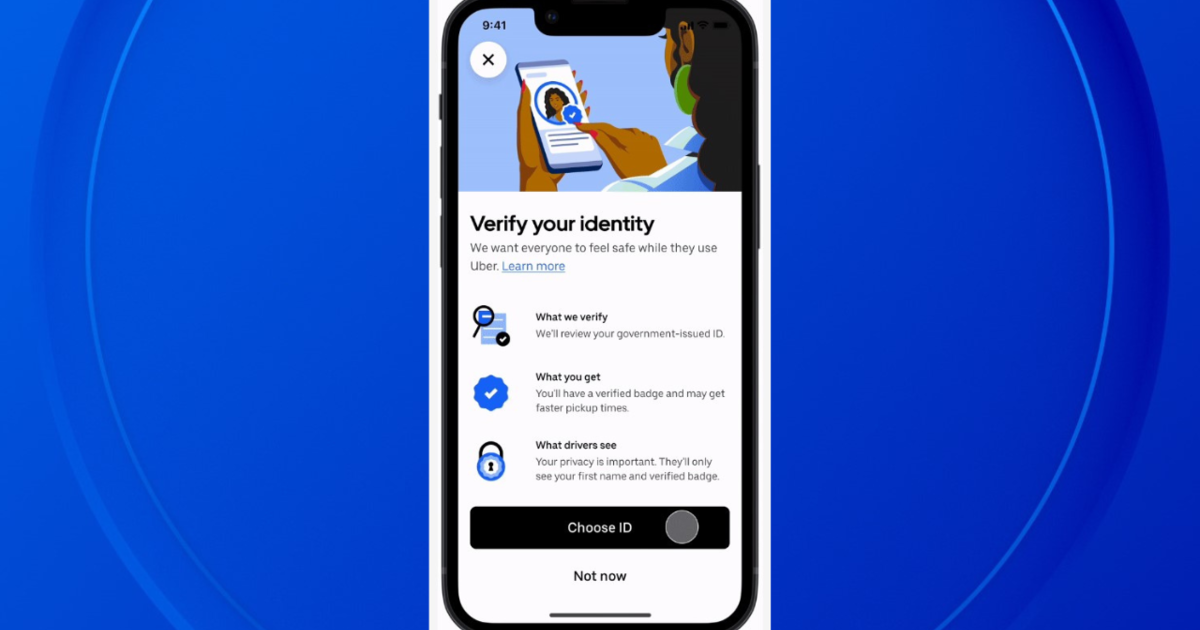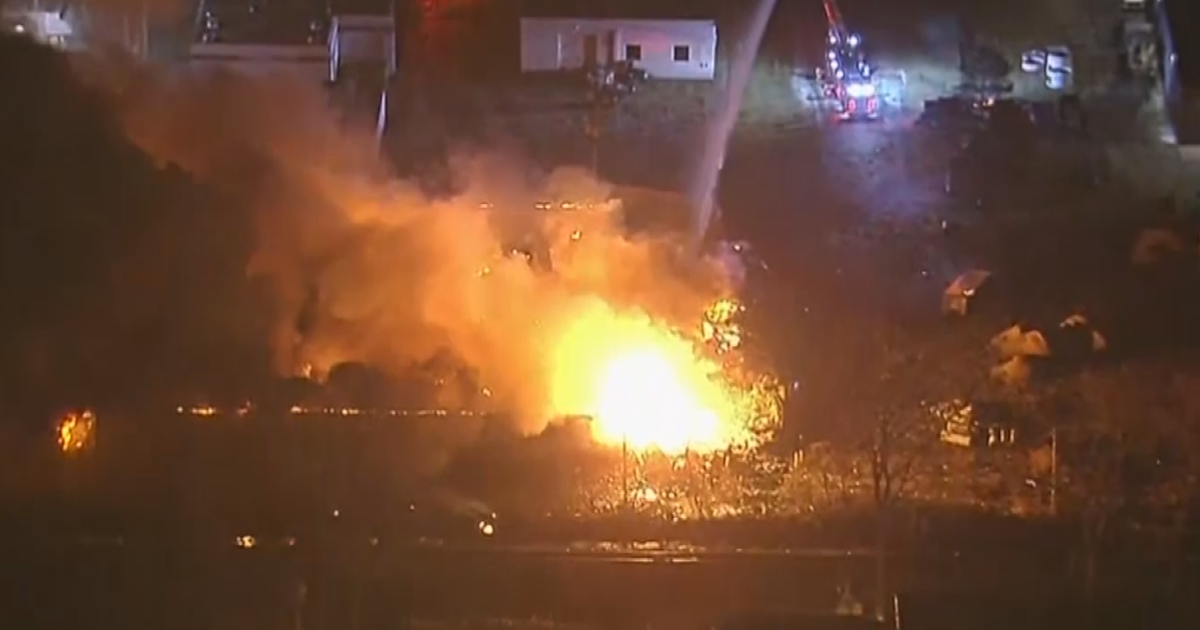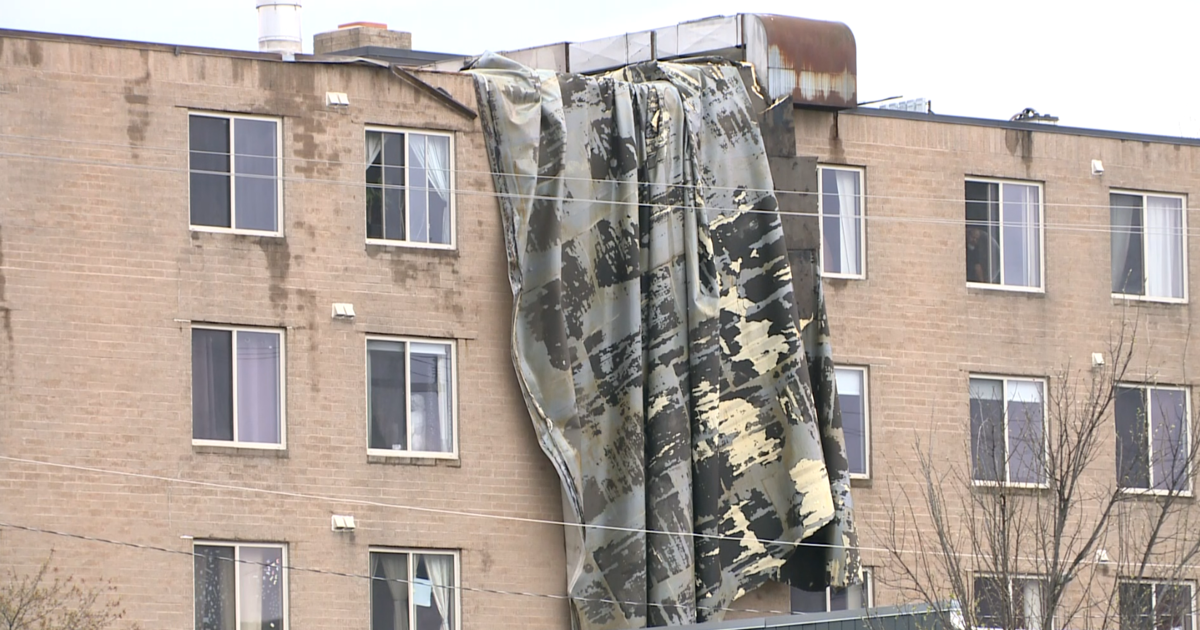5 Fall Fruits & Veggies To Plant As Summer Winds Down
Even though summer is winding down and the warm weather is fading away, there's still time to get more vegetables and fruits from your garden. In fact, late summer plantings can be one of the most prolific times of year for your garden, second only to spring. That's because cooler weather, no surprise here, yields fruits and veggies that grow best in cooler temps.
To get your fall garden ready, start by cooling down the soil. In other words, choose a space that has plenty of shade. Then, remove any weeds and dead plants. Prior to planting, it's also worthwhile to invest in an insulating fabric that can protect the plants, should the first freeze of the year come early. Of course, one last important thing to do before planting is to pick which crops to plant!
Leafy Greens
Greens like kale, lettuce and spinach thrive in cooler temps and, as such, they're some of the easiest fall vegetables to plant and harvest. While seeds can be planted in late summer as cooler temps descend, the plants will grow even bigger. Another plus about leafy greens? They're "cut and come again" veggies; meaning, you can cut the larger leaves when you want to eat them, and the smaller leaves will continue to grow until the first frost!
Cucumbers
Cucumbers are another veggie that don't fare well in high heat, either on the vine or on a bush (although the vine ones take up much more space). In addition to cooler weather, they require plenty of moisture, otherwise they'll have a bitter taste. To keep the soil moist, other than watering regularly, use plenty of mulch and compost.
Peas
While peas require little attention in the spring, they may need more help in the summer to get started. Even so, both green peas and snap peas can thrive when they're planted in August. They just need to be planted in a spot where they'll get enough shade and, as always, plenty of moisture. Make sure to finish harvesting them before the first frost.
Radishes
Like peas, radishes take longer to grow in the fall/winter than the spring varieties. In general though, radishes are easy to grow, and they mature quickly (about 25 to 60 days) without fertilizer. What makes radishes even better is that, with how fast they grow, their spreading roots can help break up the soil for the other veggies. This also means other vegetables thrive when planted with radishes!
Blueberries
While blueberries won't be harvested in the fall, September is the prime month to plant a blueberry bush, as it gives the plant time to take root. Fortunately too, blueberries can thrive in an enormous temperature range, although they tend to fare best in cooler climates. Be sure to plant a variety of blueberries, which will give them all a chance to cross pollinate. The extra plantings will be worth it; blueberry bushes are known for producing fruit for at least 15 years and sometimes even up to two decades.
While harvesting time will depend on where you live, all of these vegetables and fruits can grow in just about anywhere in the continental U.S.
Elizabeth SanFilippo is a freelance writer, who enjoys trying new foods from all over the world. But her favorite city for culinary treats will always be Chicago. When not writing about food, she's scribbling novels, and TV show reviews and recaps. Her work can be found at Examiner.com.
